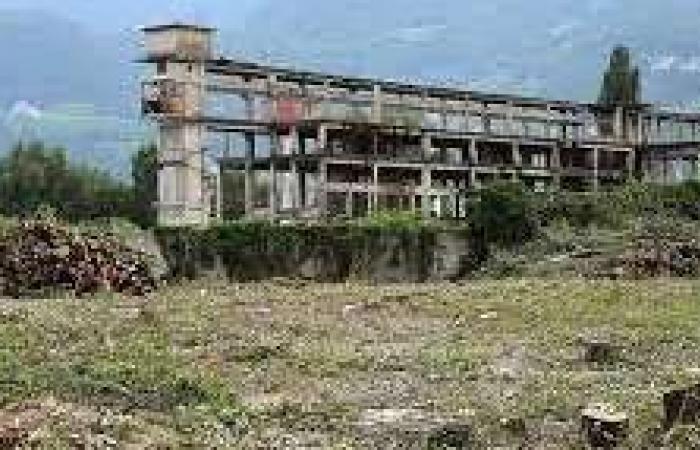
TRENTO. The story of northern Trento and the poisons left behind by an entrepreneurial season without constraints and perhaps even scruples, is not born today. The canals are a small detail of a larger problem, which passes through the Sin of former Sloi and Carbochimica: privately owned land over which the public must supervise. A scenario that is not born today and comes from afar and crosses many administrations of different colours.
But a story in which, activists denounce, the public body’s control network worked little or not well enough, entangled between crossed competences, Municipality, Province, Ministry of the Environment, Appa. As for the Municipality of Trento, the committees observe, «after an initial period of interest, the Municipality of Trento takes advantage of the transfer of competences, from the Province to the Ministry of the Environment, in relation to sites of national interest (Sin), to change its attitude towards the pollution of those areas”.
Palazzo Thun claims, they observe, that they have no jurisdiction, because the ministry has taken over.
«The “non-competence” has also been, for years, the excuse for not issuing any “temporary safety order” not even for the areas that are not part of the Sin, so much so that the Council of State, with a ruling of 3 June 2024, condemned the Municipality to issue an ordinance within 90 days against the owners of the Sequenza area, which since 2014 (actually since 1996) has been polluted by diethyl and triethyl lead (produced by the leaching into water of tetraethyl lead which was produced on the confined former Sloi land). However, the Municipality of Trento was capable of much greater speed in relation to the Guide Plan proposed by Podini”.
Then there is Appa, responsible according to the committees for «a policy aimed at minimizing dangers, of piezometers destroyed and never restored, of the poor quality of scientific analyses”. Appa also disputes the data published on the pollution of northern Trento, which would present «serious methodological gaps, taking into account that, in a matter like this, the precautionary principle (and the difficulties in measurements) would require them to be accompanied by a range of errors which Appa neither publishes nor makes known”.
The health company, called into question for the bypass work, for an assessment of possible risks for workers and the population, first denied the possibility of risks: «In the assembly of Cristo Re – the committees denounce – Dr. Pizzo he in fact denied the 2022 opinion, admitting dangers for the population and speaking of a plan in the preparation phase. The fact is that on March 3, 2023, work on the construction of the ring road began but there appears to be not even a shadow of the plan.”
Then there is, they observe, Apop (the Agency for Public Works), which takes care of the construction of the canals, in a contested manner because “the work confinement systems only partially work”. That reclamation should have been completed when work on the railway bypass began, but this is certainly not the case. Finally, the Province, of which “the new competent councilor doesn’t even know the route of the work”. “The only major work that the city needs – they conclude – is the securing of the territories.”





